Turmeric is one of the most important spices in Indian cuisine. But, it is used not only for cooking but also as an Ayurvedic medicine that boosts immunity, helps in wound healing and acts as a natural anti-inflammatory.
It is most often marketed as a powder, but it can also be found in its natural form, a root that resembles ginger.
Unfortunately, like many other spices, turmeric of not particularly high quality is often available nowadays. Merchants add rice flour, starch, talc, and even chalk powder to it.
Turmeric is well known for its yellow-orange color, so it is common practice to color it with artificial dyes, which can turn this otherwise healthy spice into something dangerous for your health. Especially if the dyes are toxic and you consume it regularly.
How to recognize poor quality turmeric?
With a simple test: Fill a glass with warm water and pour a spoonful of turmeric into it without stirring it. Wait 20 minutes. If after that the spice has settled on the bottom, then it is of good quality. However, if the water becomes colored, then it is very likely that there are additional impurities to it.
Quality turmeric has a deep color that can range from orange to bright yellow. If the color is lighter and whitish, there are certainly impurities. When you cook with real turmeric, it shouldn't change color, and even the smallest amount should add an appetizing yellow color to your dish.
Quality turmeric has a distinctive aroma that combines hints of earth (it is a root after all), ginger and a slight bitterness. It is also highly pigmented. Put a pinch of turmeric on the inside of your palm and rub it with your thumb. If it is clean, it will stick and leave an orange stain. If most of the spice falls off, it is probably contaminated.
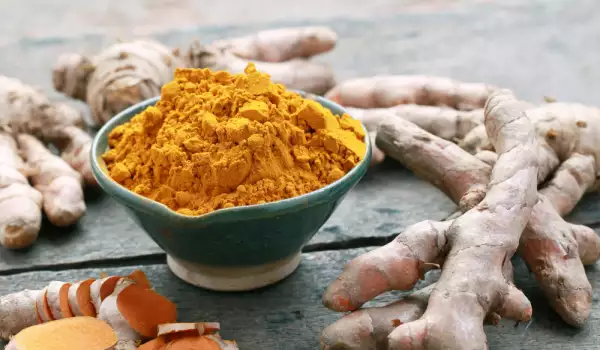
The quality of turmeric also depends on the amount of curcumin in it
Madras turmeric is most common in Europe. It has a lighter color and curcumin content - about 3.5%. It is characterized by a weaker taste and aroma and is mainly used to prepare sauces and fermented vegetables.
Nowadays it does not necessarily come directly from Madras, but the name is used more as an epithet, because for many years it was mainly imported from there. It was preferred by the English colonizers because of its more delicate taste.
Alleppey turmeric is not that popular outside India, but it is preferred by the local population. It has a darker color and a curcumin content of about 6.5%. It has a more earthy and strong taste and is used in making curries and tagine.
To ensure you are buying high quality turmeric, avoid buying in bulk or from markets. Look for it prepackaged and from a manufacturer you trust.
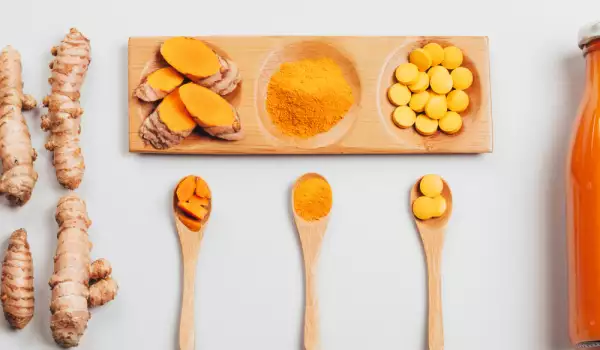
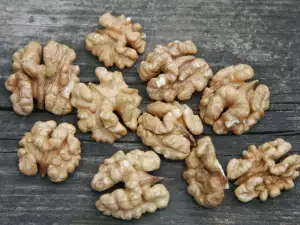
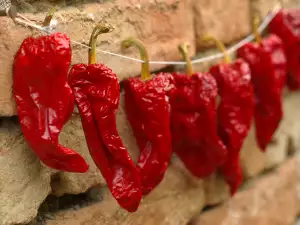



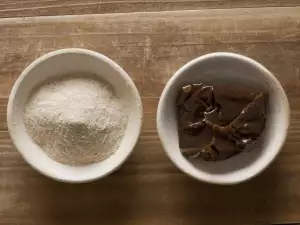

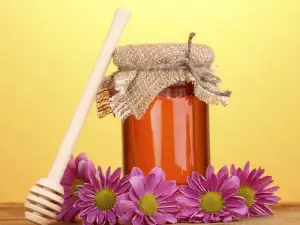
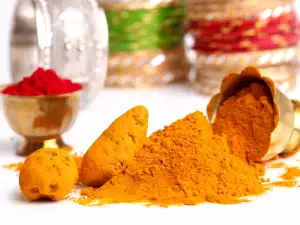


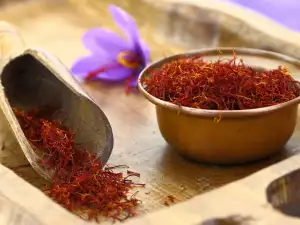
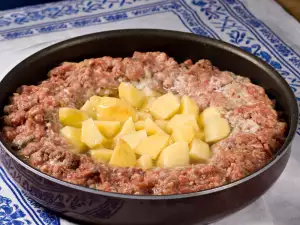




Comments